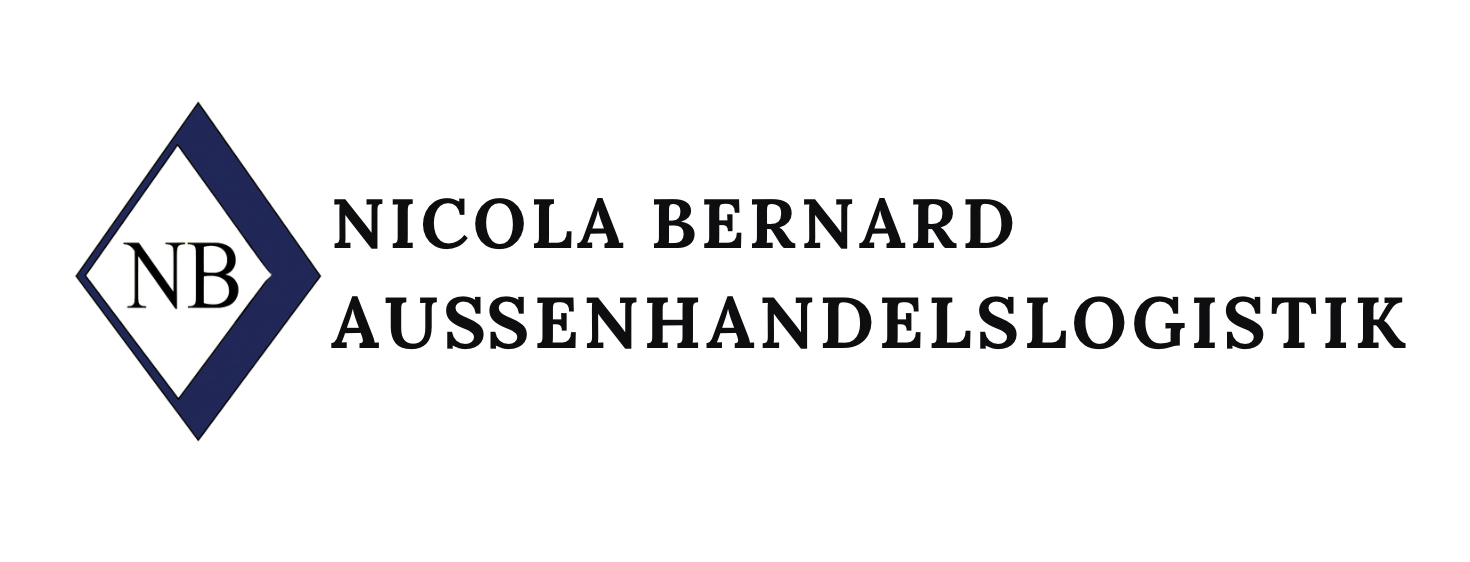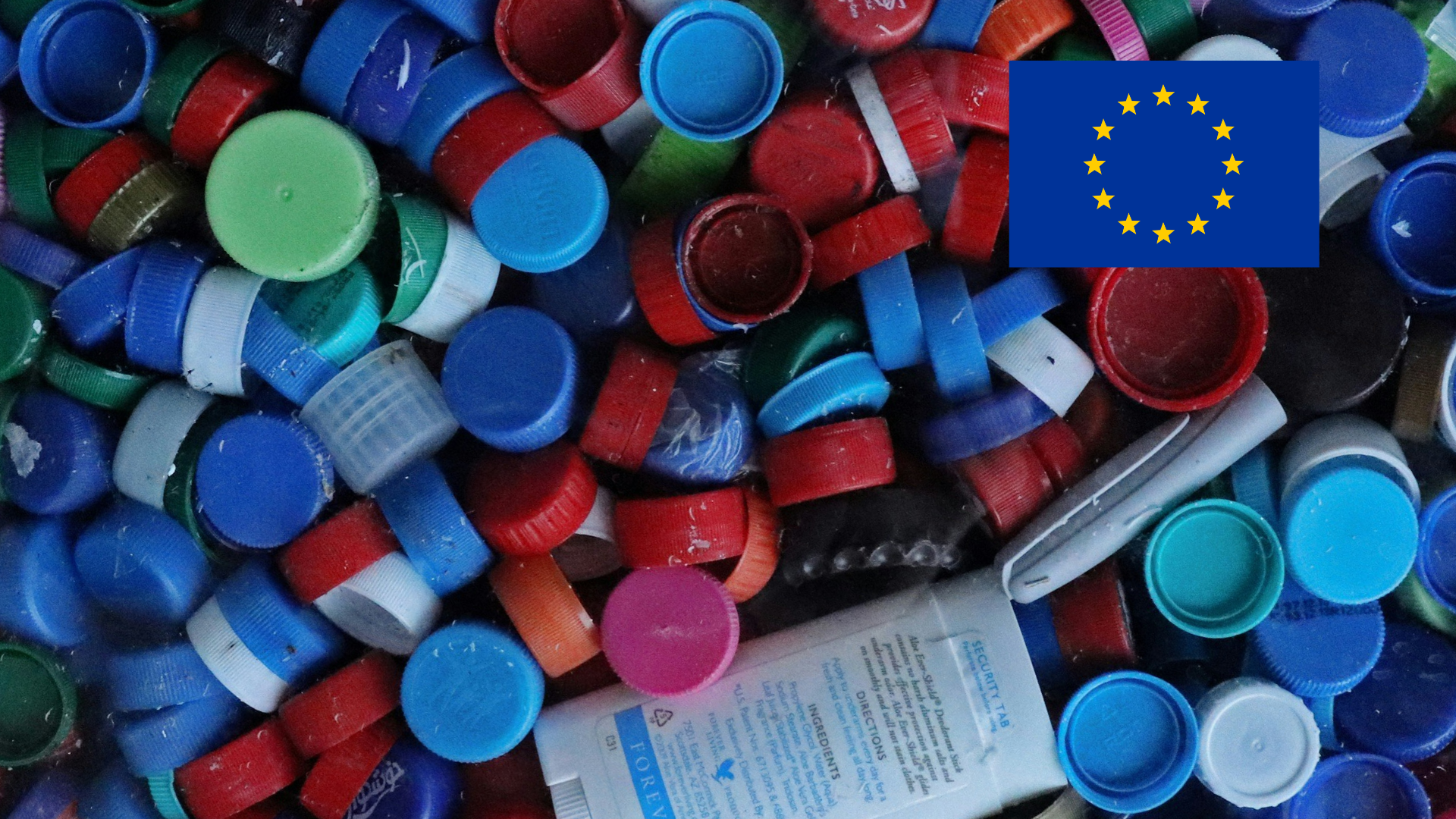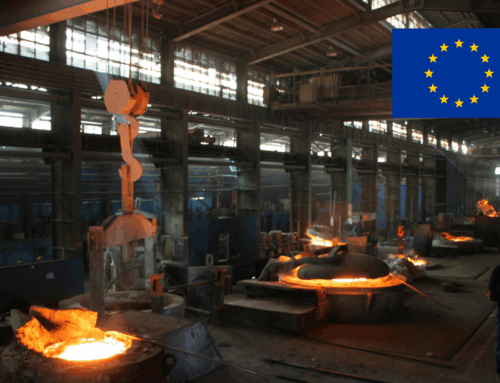The Packaging Regulation (EU) 2025/40 replaces the previous Packaging Directive from 1994 and introduces significantly stricter sustainability requirements. The regulation was published in the Official Journal of the EU on 22 January 2025 and came into force on 11 February 2025. After a transition period of 18 months, it will be mandatory from 12 August 2026.
Who is affected?
The regulation applies to all types of packaging and packaging waste, regardless of the material or place of origin. It obliges all economic operators placing packaging on the EU market. Particularly important: Businesses that fill packaging with goods for the first time are considered manufacturers and are therefore required to comply with the new regulations. This includes producers, private label retailers, importers, as well as shipping and online retailers.
New Obligations for Businesses
Extended Producer Responsibility
Manufacturers will be required to cover the full costs of collection, sorting, and recycling of their packaging (Article 45 of the Regulation). Any company placing packaging on the market must also register with a competent authority. Member States must establish a producer register for this purpose (Article 44 of the Regulation). In Germany, the LUCID Central Packaging Register already exists; however, an EU-wide register is not planned.
Restriction of Harmful Substances
The presence and concentration of substances of concern in packaging materials must be minimised. This particularly affects per- and polyfluoroalkyl substances (PFAS), as well as other problematic chemicals.
Mandatory Recycling Quotas for Plastic Packaging
In order to promote the circular economy, the regulation sets minimum levels of recycled materials, e.g.:
- From 1 January 2030: At least 30% recycled content for single-use plastic bottles
- From 1 January 2040: Increase to 65% recycled content for single-use plastic bottles
New Labelling Requirements
Articles 12 et seq. of the Regulation introduce an EU-wide harmonised labelling system for packaging. This will help consumers easily identify how to dispose of packaging and whether it is recyclable.
Reduction of Single-Use Plastics through Deposit Systems
A key objective of the regulation is the reduction of single-use plastics. By 1 January 2029, all EU Member States must ensure that at least 90% of single-use beverage bottles made of plastic or metal are collected separately. This is to be achieved through deposit and return systems, a concept already well-established in Germany (Article 50 of the Regulation).
Promotion of Reuse
For transport and sales packaging, new reuse targets have been introduced. According to Article 29 of the Regulation, by 1 January 2030, at least 40% of this packaging must be reusable. Businesses using such packaging must ensure that a functioning reuse system is in place.
Challenges for entrepreneurs
The new EU Packaging Regulation imposes extensive new obligations on businesses, particularly through extended producer responsibility, higher recycling quotas, and new labelling requirements. Those who fill packaging with goods for the first time bear the responsibility for its sustainable design and disposal. Early adaptation to the new requirements is therefore crucial to avoid fines and sales bans.
Sources: GTAI (in German), Central Packaging Register Foundation (ZSVR)






